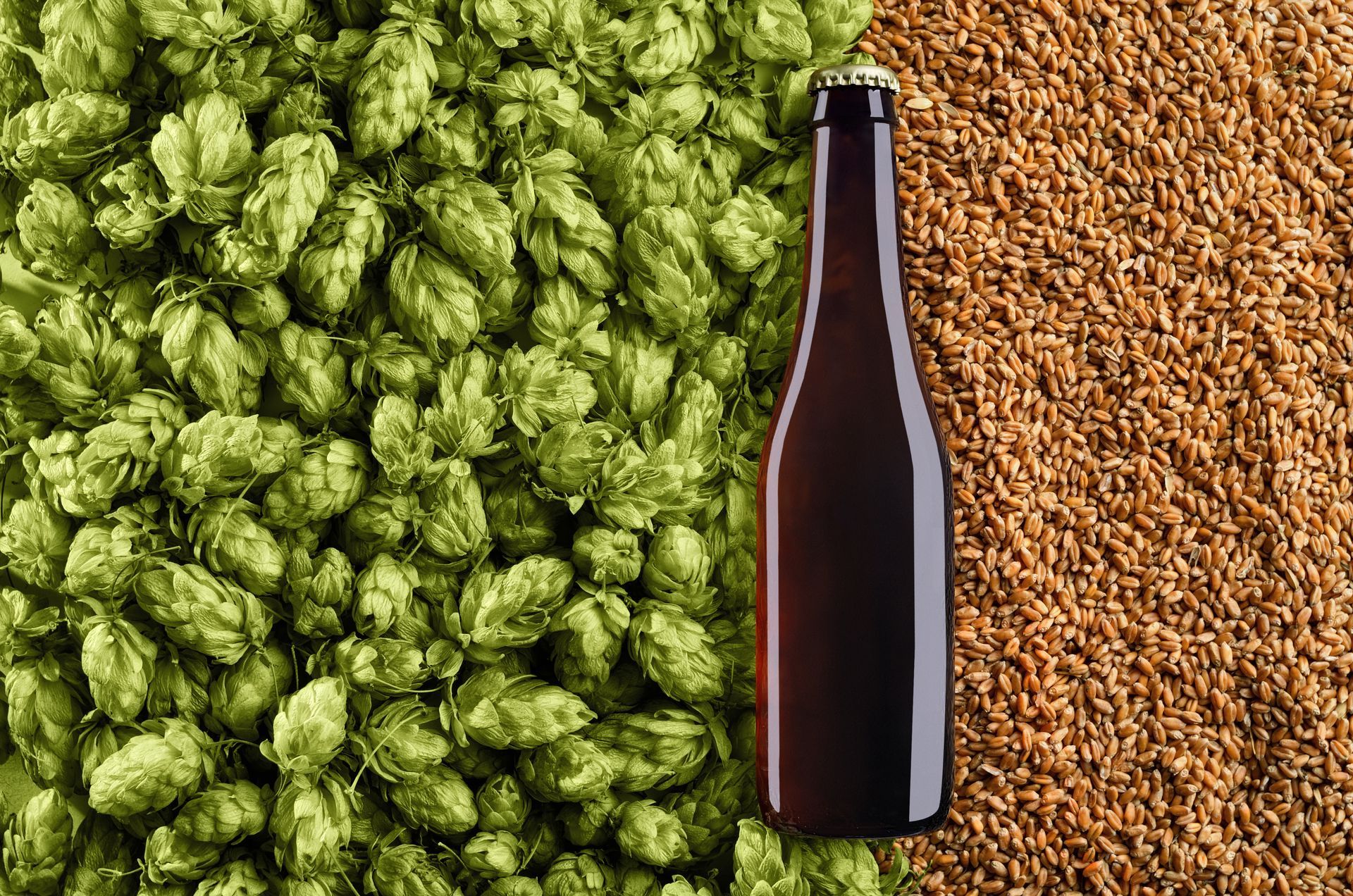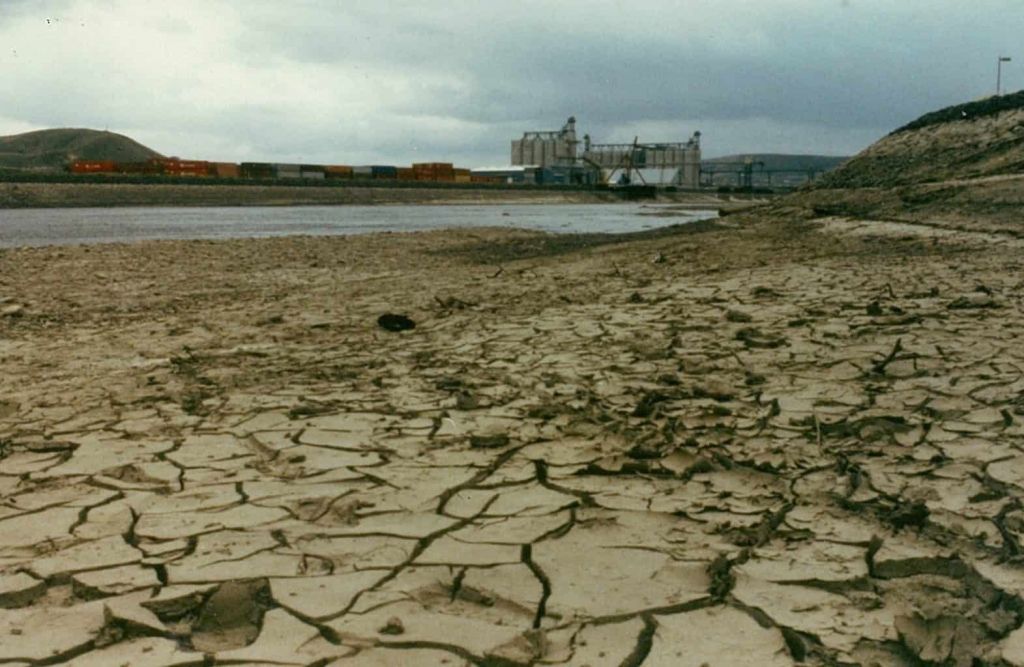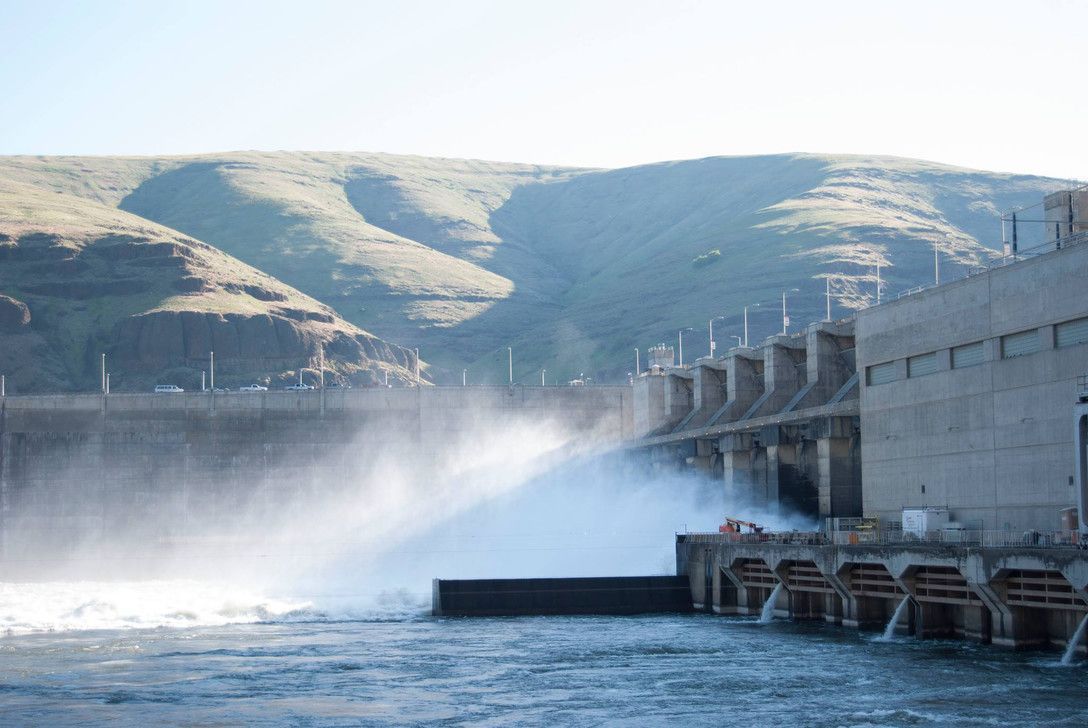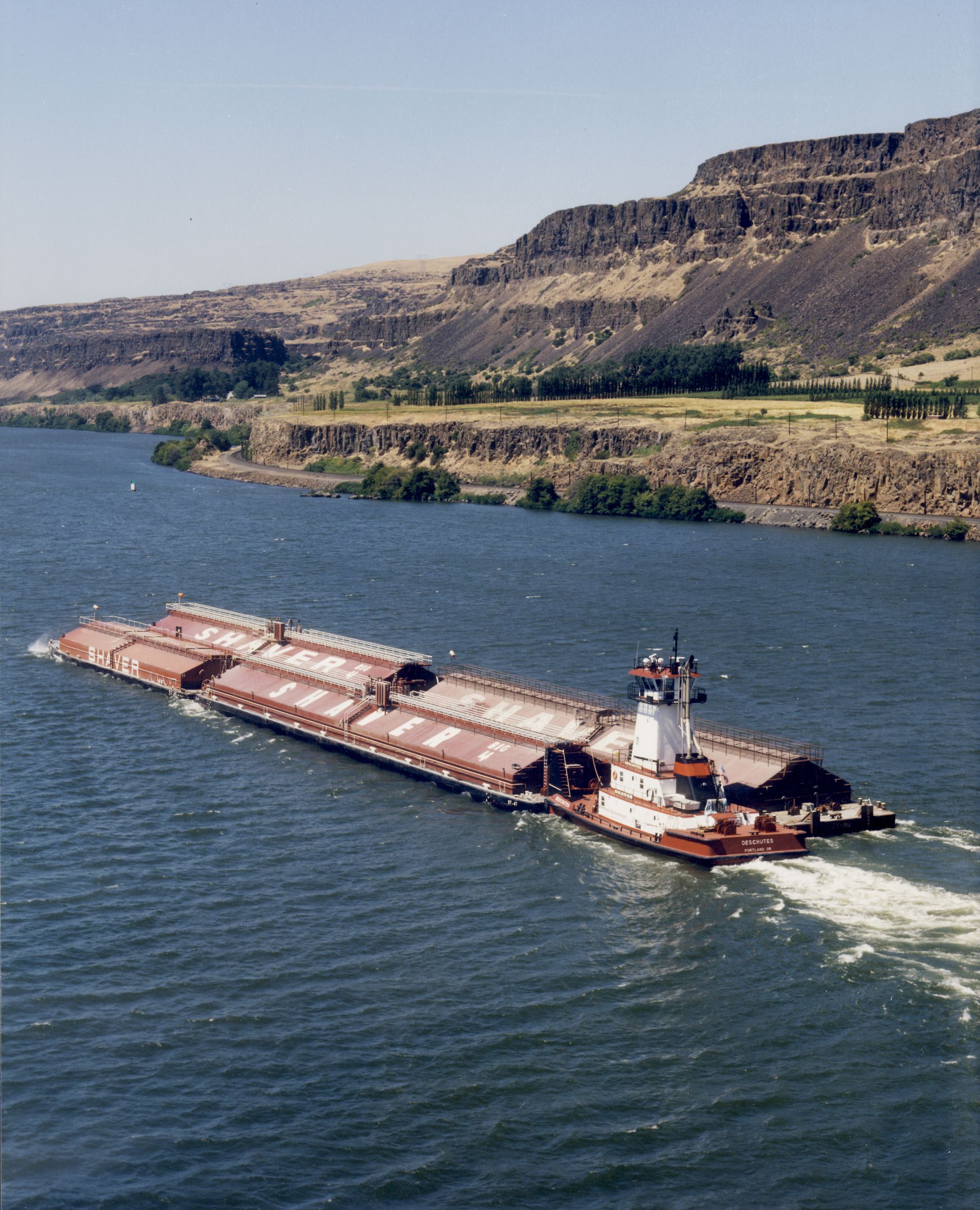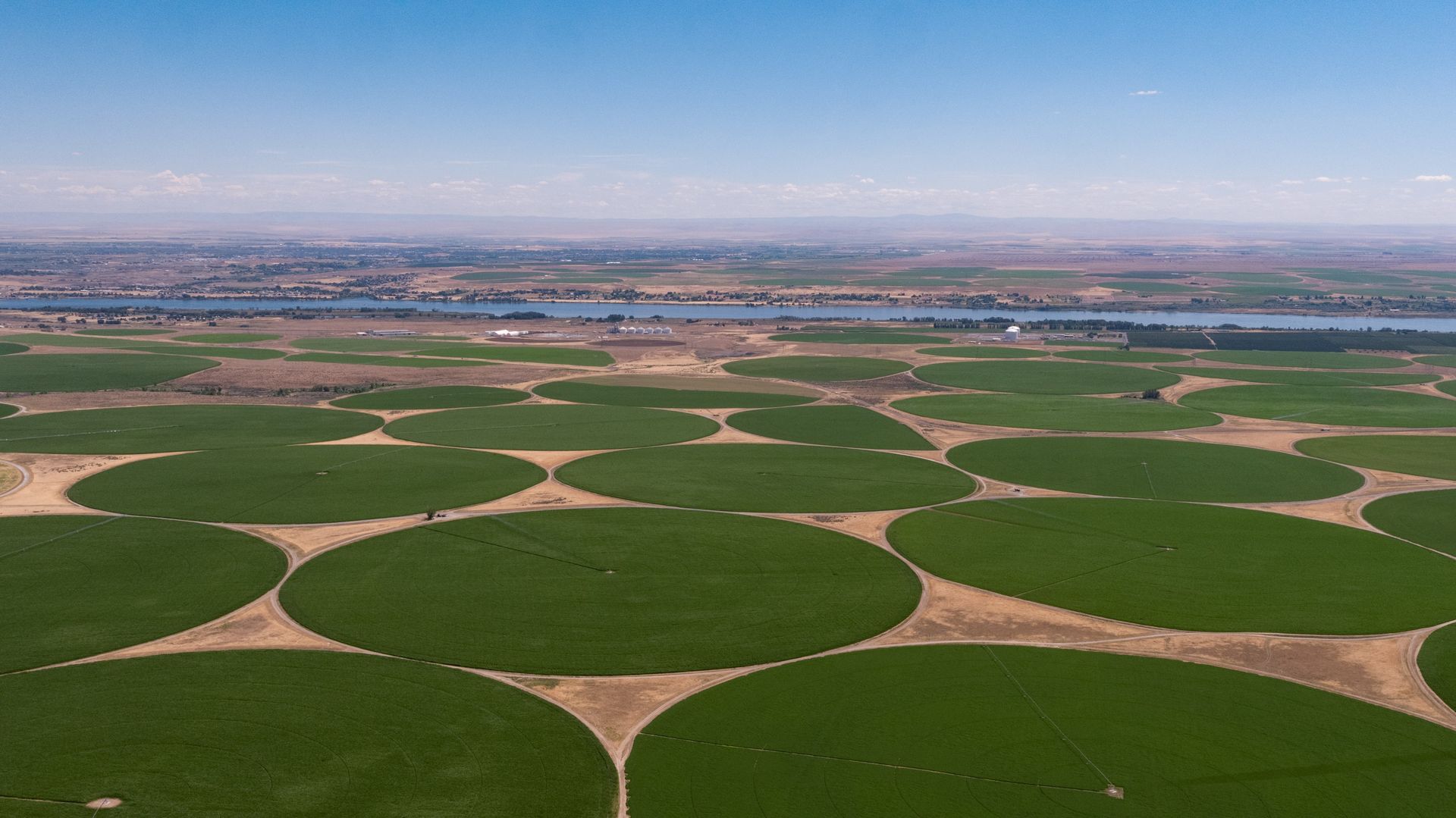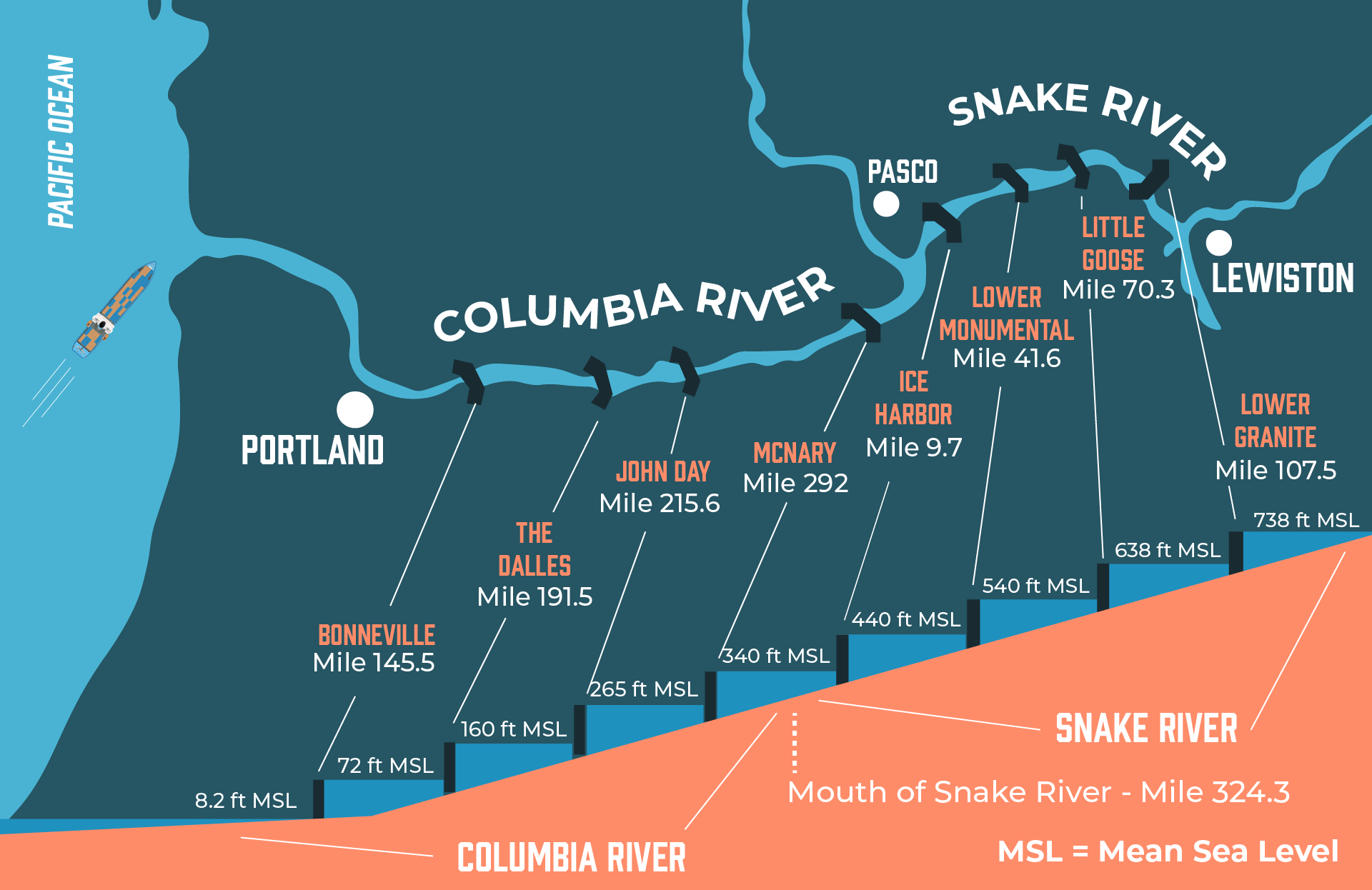Hydropower has long been the backbone of the Northwest’s energy foundation. Since the first federal locks and dams were constructed along the Columbia and Snake rivers over 85 years ago, hydropower has been the primary energy source for millions across our region. This affordable, clean, reliable energy has offset harmful emissions, fueled economic growth, and is fundamental in our fight against climate change.
Recognizing hydroelectric dams as a vital asset, many people advocate for the value of dams, and Northwest RiverPartners (NWRP) is one organization that firmly defends these assets. NWRP is a member-driven organization that serves community-owned electric utilities and other organizations that recognize the value of hydropower in the Northwest. Executive Director Clark Mather sat down to share about hydropower's vital role in Northwest communities.
Hydropower will be essential in meeting our region’s ambitious clean energy goals.
Our hydroelectric dams provide over 50% of our annual power and 80% of our renewable energy, making it an indispensable resource to the region's electricity supply. With Oregon, Washington and other western states committed to ambitious clean energy goals, hydropower will continue to play a foundational role in meeting these goals. Even with growing intermittent resources like wind and solar, Mather explains, “Hydropower’s carbon-free energy generation must be a part of that clean energy transition.”
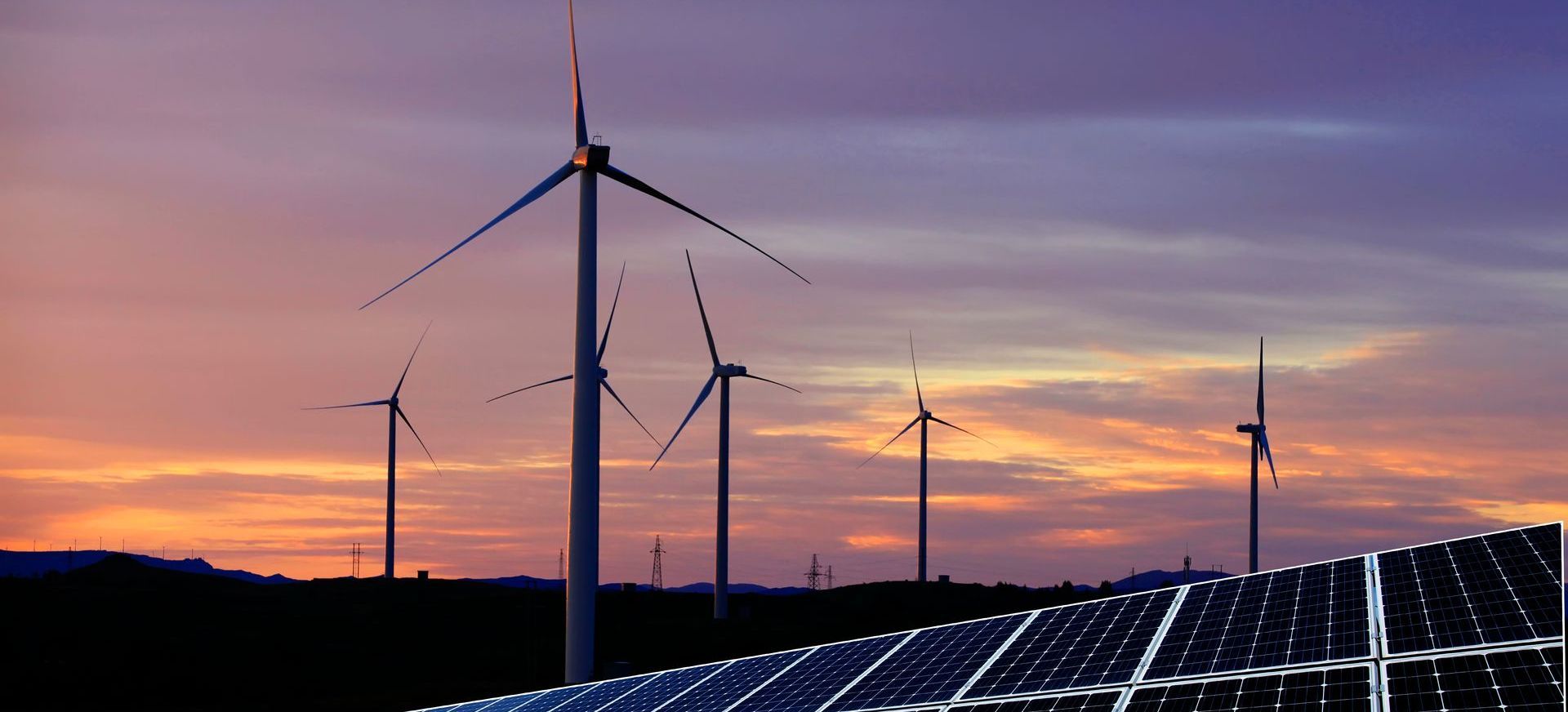
Electricity demand is projected to grow by 30% in the next decade, and hydropower will be vital as we move away from other energy sources.
The Pacific Northwest Utilities Conference Committee
projects a 30% surge in electricity demand in the Northwest over the next decade. “More data centers and clean industries are coming to the Northwest, and we’re seeing increased electrification of cars, homes and businesses,” says Mather. With the need to meet our carbon-free energy generation, utilities cannot rely solely on wind and solar. “We’ll need cost-effective, reliable hydropower to support the growing demand for clean electricity.”
Our dams stand up to the most critical energy challenges on the grid.
As climate change brings hotter summer days and more frequent cold snaps, hydropower’s flexibility becomes even more critical. Dams can quickly adjust their generation to match demand fluctuations. “During a recent cold snap over the Martin Luther King Jr. holiday weekend this year, hydropower stepped up to meet the needs of millions of electric customers in the region,” Mather recalls. “Usually, hydropower provides 50% of the power, but that weekend it surged to 70%.” This adaptability is vital for keeping businesses running and our neighbors heated or cooled during extreme weather events.
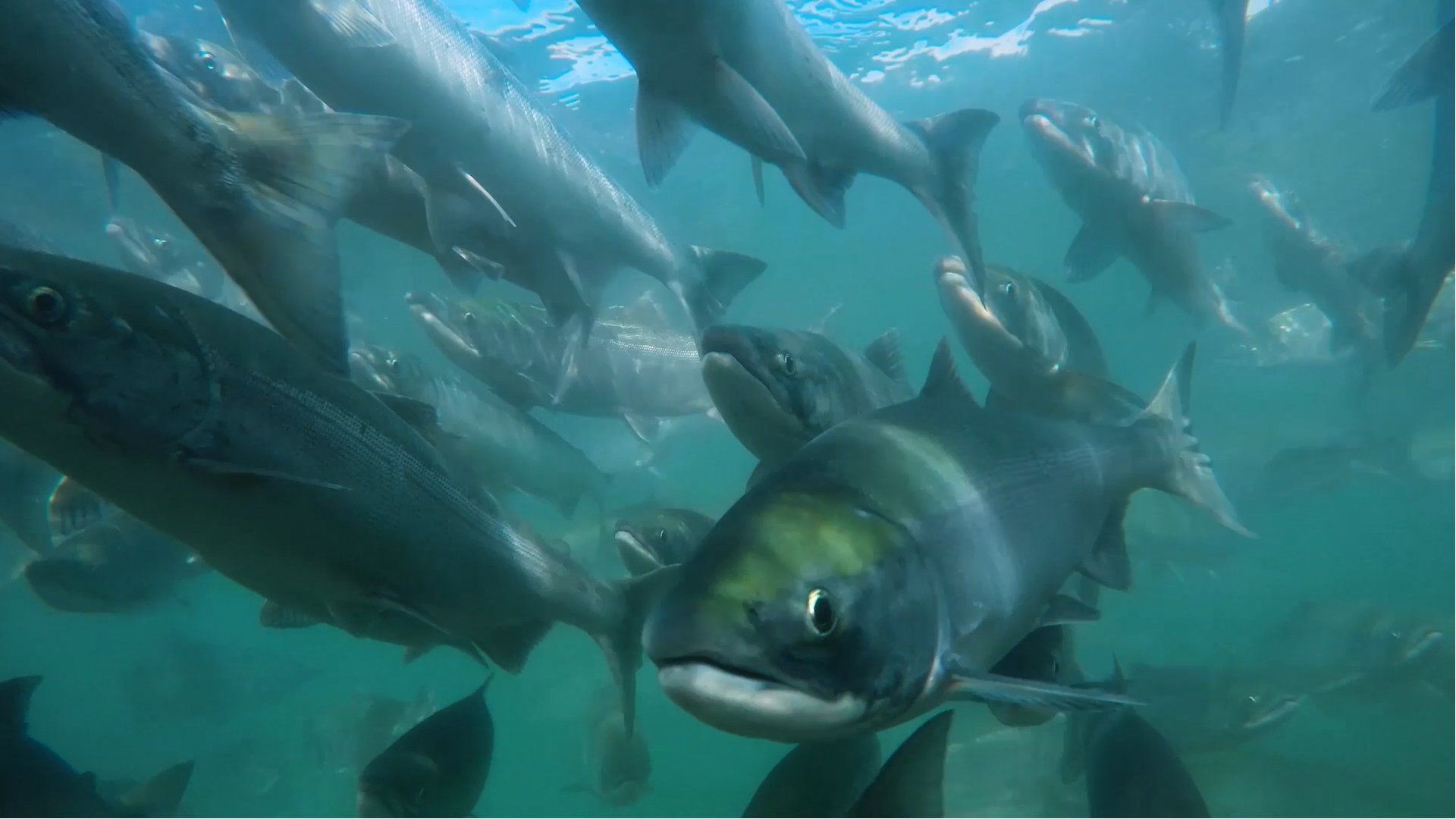
Electric customers invest in salmon and river health.
There continues to be significant investment in dam fish passage and habitat restoration. Mather explained, “Salmon are vital to the Northwest, which is why a major portion of customer utility rates funds fish and wildlife habitat restoration and dam improvements aimed at protecting salmon.” This investment supports coexistence between salmon and dams, aiding salmon recovery efforts in habitat, predation, and resource management.
Hydropower is more than just an energy source; it’s the cornerstone of the Northwest’s economic stability and environmental stewardship. Eliminating the locks and dams on the Columbia Snake River System would cripple the region’s ability to produce reliable, carbon-free energy. “An entire new set of infrastructure would have to be permitted, paid for, and built to generate and transfer the energy around the region,” explains Mather. As we transition to a clean energy future, the role of hydropower is not just important—it is critical, and the Northwest’s energy resilience and climate goals depend on it.
Share your river value
We all benefit from the federal system of dams and locks on the Columbia Snake River System. Whether you appreciate clean and reliable electricity, irrigation for farms, or affordable and fuel-efficient shipping, the Columbia Snake River System connects the Pacific Northwest to the world and keeps our region strong and balanced.
We’re looking for personal stories to share from our community about how the River System supports your life. If you’re a resident, worker or business owner who appreciates the public goods created and supported by the Columbia Snake River system, we want to share your story!

